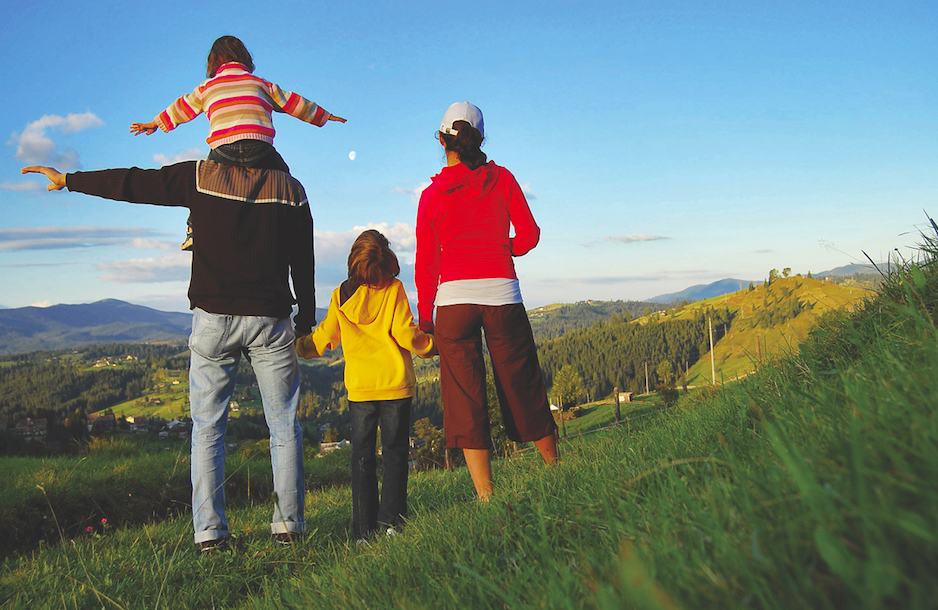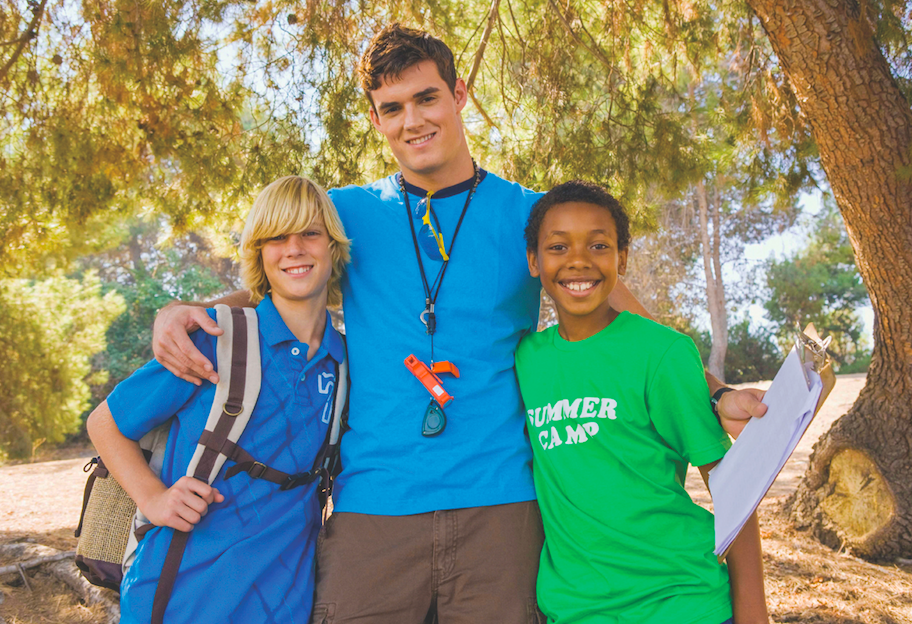Daily life was upended in March of 2020, when most of the world was first introduced to the novel coronavirus COVID-19. People from all walks of life were adversely affected by the pandemic, and certain industries, including travel and tourism, had an especially difficult time as the pandemic wore on.
Tourism greatly affected
Travel was largely restricted in early 2020, with some countries prohibiting tourism from travelers from critically impacted areas. As the second wave of the virus arrived in late 2020, many nations returned to full or partial lockdowns to combat virus transmission, further hurting the travel and tourism industry. According to the World Travel & Tourism Council, the tourism industry accounted for 330 million jobs in 2019. Estimates now suggest that approximately 121 million of those jobs have been eliminated due to the pandemic. Countries whose economies relied primarily on tourism either continued to stay open to travelers or have reopened to make ends meet.
Travel considerations
When the weather becomes colder and inhospitable, people often seek out warmer climates. Though travel figures to decrease dramatically in the winter of 2020-21, there may be some tourists who are willing to leave home for the promise of beaches and sunny skies. As of December 2020, Mexico had no entry restrictions for Americans, apart from limiting land-border crossings. Visitors can get a temperature check on arrival and will be schooled in basic information about social distancing. John Spence, president of the tour company Scott Dunn USA, says Kenya is a relatively safe East African destination to visit, and the country has been transparent about its reopening conditions. Costa Rica and Caribbean islands have been cautiously reopening to tourists, starting with nations reporting lower infection levels. Anyone who chooses to travel is strongly urged to quarantine for at least 14 days upon returning home.
Home modifications
Individuals who prefer to stay close to home may want to invest their vacation dollars into home renovations that can simulate getting away. While they may not serve as a substitute for a sandy beach, home renovations may make riding out the colder temps a bit more tolerable. Here are some ideas to make staycations more enjoyable.
• Improve lighting. Increase bright, indoor lighting to simulate longer hours of sunlight. • Invest in a hot tub. You may not be able to swim outdoors in the winter, but sitting in a hot tub can chase away the chill and prove very relaxing.
• Renovate a bathroom. Create a spa resort experience with a bathroom overhaul that includes multi-jet shower heads, towel warmers and ultra-plush linens.
• Join a gym or indoor pool club. A chance to swim even when it is cold outside can be refreshing and make for great exercise.
• Visit an indoor water park. Indoor water parks can include wave pools that recreate the conditions of beach resorts, but all in a climate-controlled environment.
It’s the time of year to escape the cold, and people are weighing their options as they try to decide if they will travel or stay home this winter.

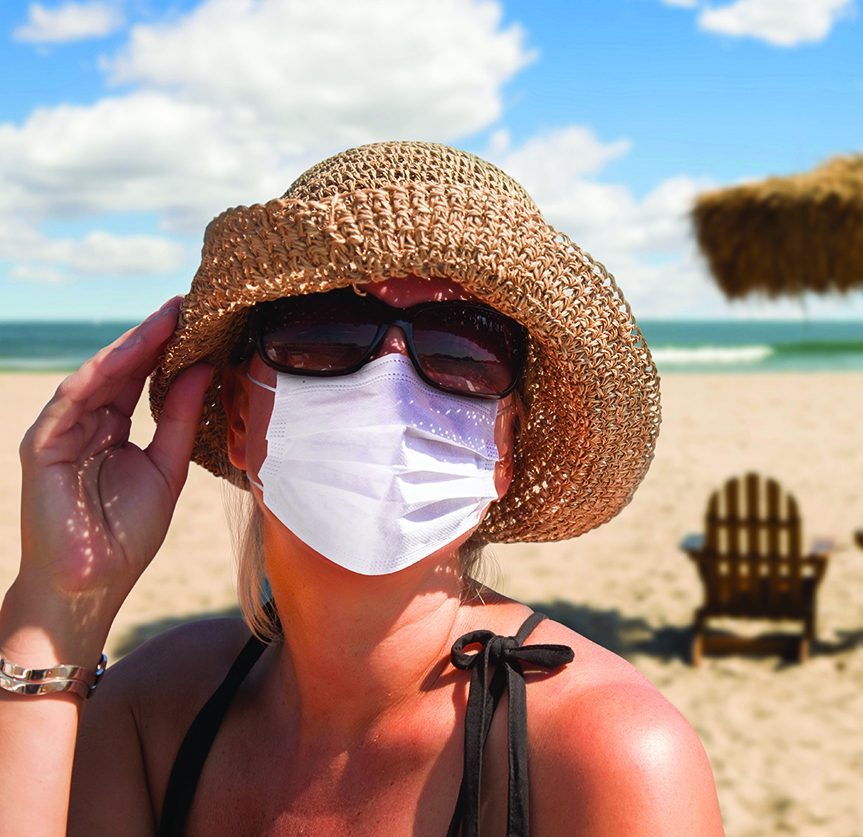


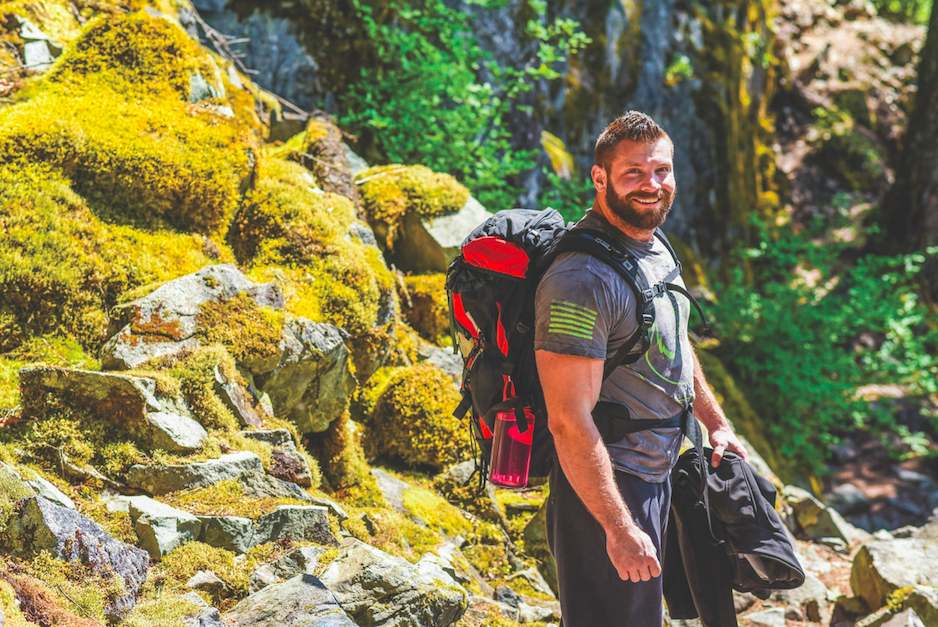
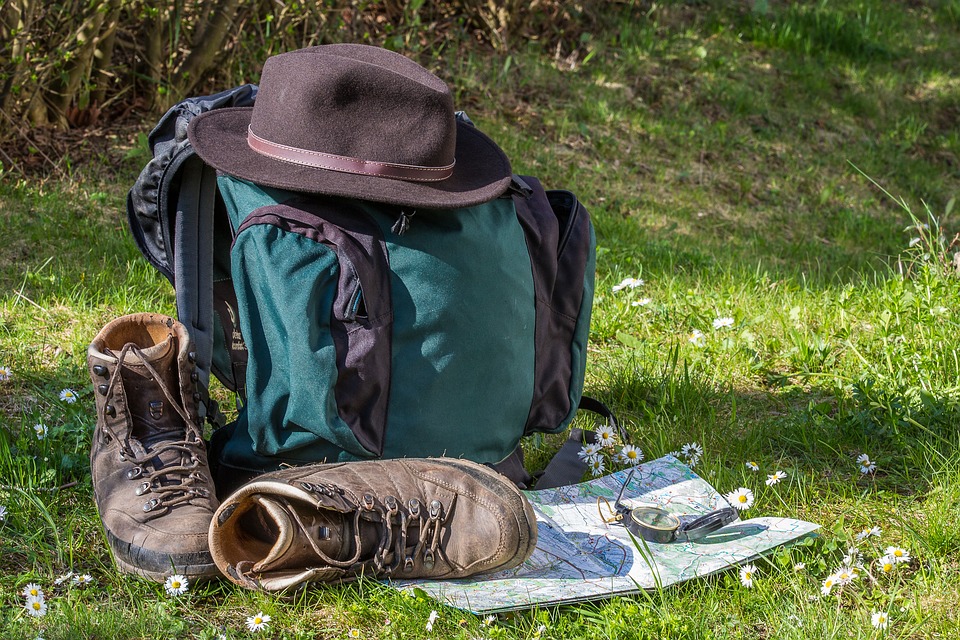
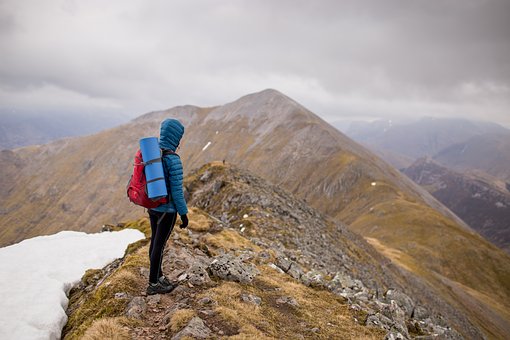 · Navigational tools:
· Navigational tools: